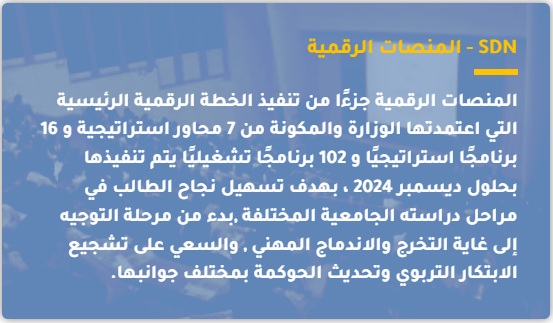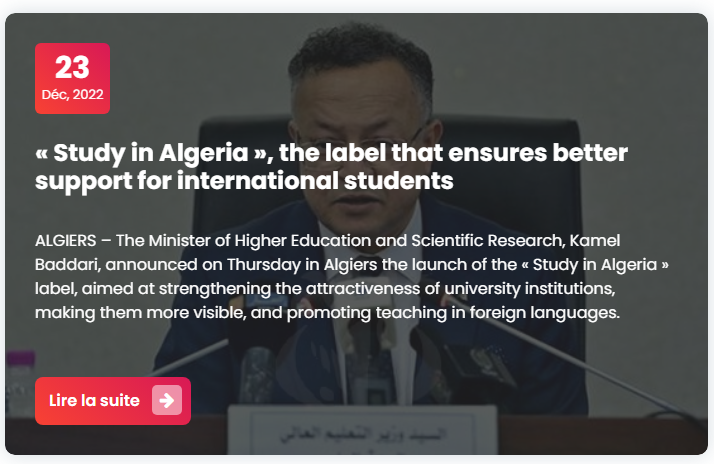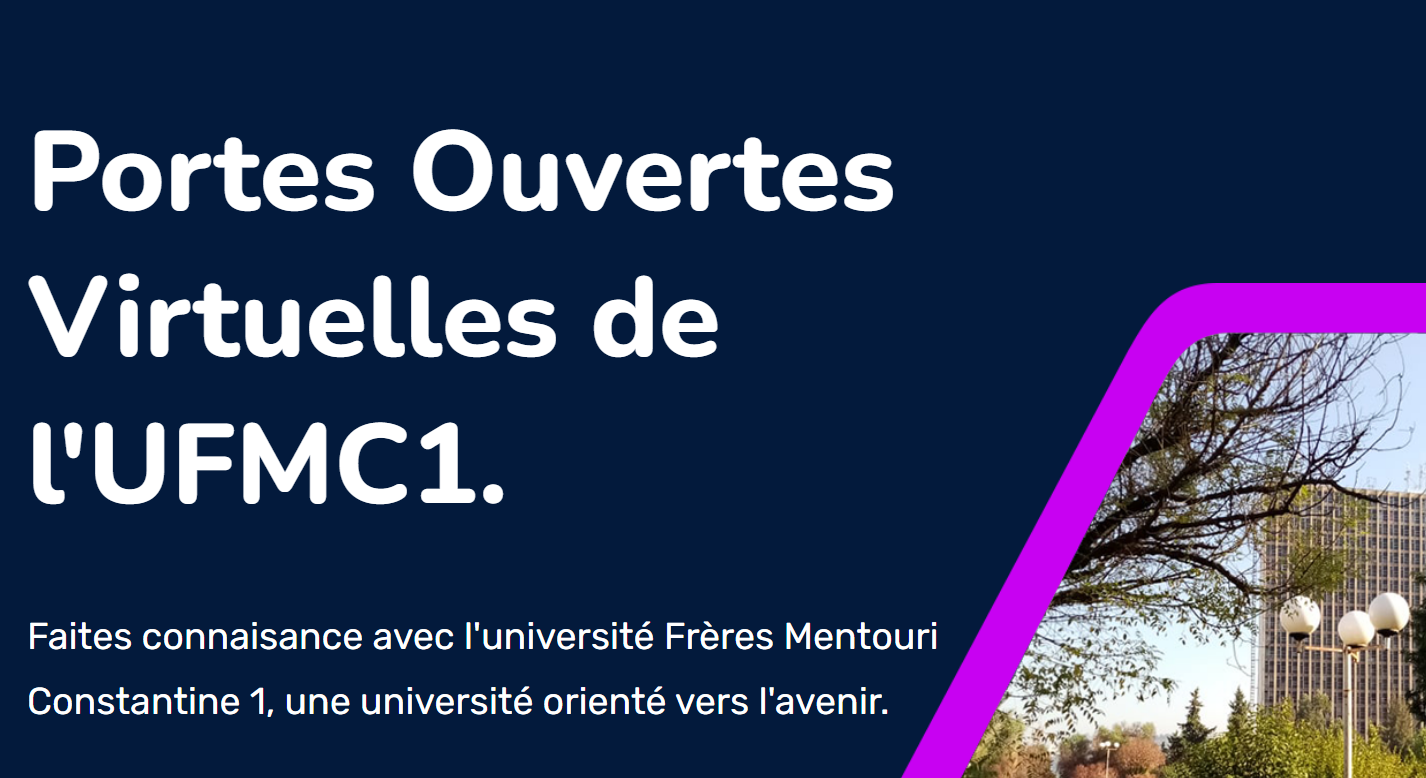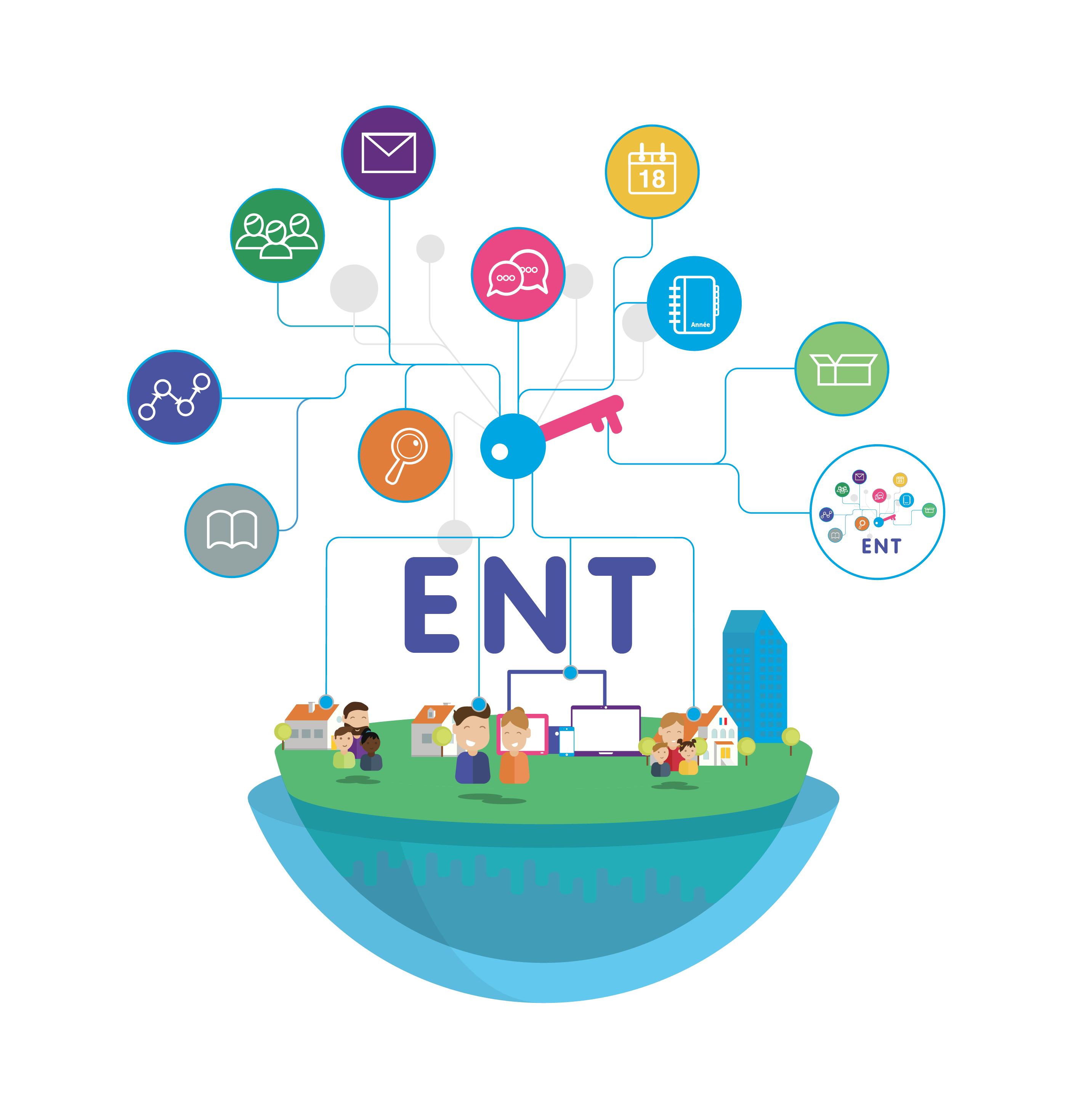Science in turmoil: After the Arab Spring
As a young physicist in Tunisia, Imen Sfar gave little thought to politics until March 2010, when a street vendor set himself on fire to protest about corruption in the city of Monastir, where Sfar worked.
Two months later, an influential blogger and close friend of Sfar's was arrested and interrogated for helping to organize a demonstration opposing Internet censorship in Tunisia. His detention gave Sfar the “courage factor”, she says, to join the revolution that erupted in December 2010, after another street vendor set himself aflame in Sidi Bouzid to protest against harassment by local officials. That act unleashed years of pent-up frustrations against the repressive government of President Zine al-Abidine Ben Ali, who had ruled the country for almost a quarter of a century (see Nature 469, 453–454; 2011).
Materials science: The hole story
Sprawled across a vast site on the river Rhine in Germany is a small city built from glittering steel: the headquarters of chemical giant BASF. Boasting a daytime population of about 50,000 people, it is criss-crossed by a grid of streets bearing names that commemorate the company's stock in trade: Methanolstrasse, Ammoniakstrasse, Gasstrasse.
Cancer: The Ras renaissance
When Stephen Fesik left the pharmaceutical industry to launch an academic drug-discovery laboratory, he drew up a wanted list of five of the most important cancer-causing proteins known to science. These proteins drive tumour growth but have proved to be a nightmare for drug developers: they are too smooth, too floppy or otherwise too finicky for drugs to bind to and block. In the parlance of the field, they are 'undruggable'.
Chemistry: Degrees of separation
In July 2010, the Chinese government sent a chill through the world's high-technology industries when it announced a 37% cut in export quotas for rare-earth elements — a group of 17 metallic elements that are essential ingredients in display screens, low-energy lighting, high-powered lasers and a host of other twenty-first-century products.
Public health: Behind a vaccine
In August 2014, officials from the World Health Organization (WHO) called global-health specialist Adrian Hill, who is the director of a non-profit vaccine-research centre. They had an urgent question: how soon could the centre launch a clinical trial for an Ebola vaccine?
Data science: Industry allure
Eli Bressert planned to spend his academic career in search of forming stars. He had completed a PhD in astronomy at the University of Exeter, UK, and had won a prestigious postdoctoral fellowship to study radio astronomy near Sydney, Australia. Citations of his papers and invitations for collaborations and conference talks were on the rise. He had no reason to want to work outside astronomy.
Core facilities: Shared support
Stefan Green always wanted to pursue biology, and fell in love with microbiology as a graduate student. As he advanced through his graduate education and postdoctoral fellowships, he reckoned that everything would come together because he had ticked all the right boxes. Following the pathway of his parents, both of whom are biologists, he earned a master's in environmental engineering and a PhD in microbiology and plant protection, completed two postdocs and has a long list of publications and posters. But — not surprisingly in today's discouraging research-career environment — his drive for a tenure-track position stalled in 2010. He could not get an academic tenure-track position despite his stellar CV. “I did two postdocs. I taught microbial ecology for a semester,” he recalls. “But after several interviews for permanent positions, I wasn't having any luck.”
Green gave up the academic-research battle and found a different way to keep his hand in science. During one of his postdocs, Green had tried to find ways to characterize microbial communities without using modern sequencing techniques because the financial and labour costs of the technology was out of the reach of his lab. From this experience, he discovered that he enjoys and has a knack for working with instrumentation. Today, he is director of the DNA-services laboratory at the University of Illinois at Chicago.
Chemistry: Green refill
When chemist Fred Holzhauer started a job at a cleaning-products company in 2008, his first assignment was to create a tablet dishwasher detergent that contained no polyacrylates, or any other ingredients commonly found in dishwashing products that have negative impacts on human health and the environment. Of course, the detergent also had to work well in a dishwasher — and to last for months on shop shelves without degrading or losing effectiveness. It also had to be affordable.
Anthropocene: The human age
Momentum is building to establish a new geological epoch that recognizes humanity's impact on the planet. But there is fierce debate behind the scenes.
The myopia boom
Short-sightedness is reaching epidemic proportions. Some scientists think they have found a reason why.







